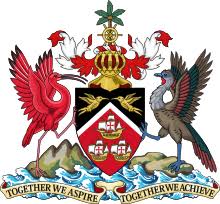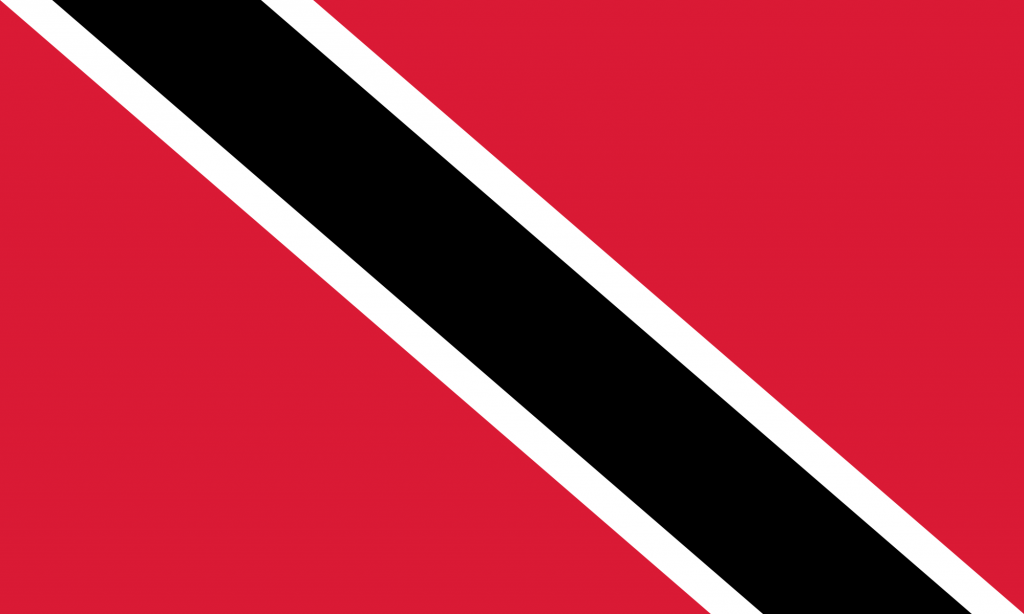The republic of Trinidad and Tobago is an island country in the eastern Caribbean. Originally Trinidad was inhibited by the Debo Indians and the Arawak Indians; Nepoya and Suppoya. The island during the 1400s was a Spanish colony with the arrival of Christopher Columbus in 1498. In 1797 however the Island changes when Don Jose Maria Chacon had surrendered his rule over the island to the British Empire. During the 1700s the island had undergone various political shifts, and had been ruled by the French, Spanish, Dutch, Portuguese and British. In 1802 the island was ceded to Britain due to the Treaty of Amiens. The country over time obtained independence in 1962 and became a republic in 1976. The influx of various different ethnic groups of people began in 1845. After slaves were emancipated, the British authorities looked to start a system of indentured labor. This system looked to contract Indians, Chinese and Portuguese. Between 1845 to 1917 147,000 Indians were brought to work on sugarcane plantations in Trinidad. The mixture of ethnic group would take root within the country and lean to multiracial ethnicities. The island itself Indo- Trinidadians and Afro Trinidadians and Toboggans dominate the demographic at 37.3% and 36.3%. Though there are different cultures and ethnic groups of people there the language spoken in Trinidad varies mostly between the Trinidad and Tobago’s Standard Queen’s English and Trinidadian Creole . Trinidad Creole reflects Asian, African, European and Amerindian language communities within the country.
Originally the “two principal Amerindian linguistic-cultural groups, the Arawaks and the Caribs, inhabited Trinidad at the time of the first European contact in 1498” (Michaelis et. al). The contact between Europeans and the indigenous population was the cause for a dramatic drop in the population for the Amerindians.
There population was “halved by 1592, from between 30,000–40,000 to approximately 15,000–20,000″(Michaelis et. al). With this decline in population the language of the indigenous population also shrunk.
The French Revolution would be the cause for an influx of French- and French Creole-speaking immigrants from the French West Indies. The demographic and linguistic structure of Trinidad. In 20 years between 1783 and 1803, the population increased by 87.5%. The 28,000 Trinidadian inhabitants in 1803 spoke French or French Creole as a medium of communication. However that demographic quickly changed between 1811 and 1813. The English Creole that were spoke by slaves coming into Trinidad influenced Trinidadian English Creole significantly. English had come the official language on the country under British rule as was promised in educational institutions and government. Soon the English Creole would overtake the French Creole very quickly. The lexifier of the Creole is English and its substrates, West Bantu languages, French, Spanish , and Bhojupuri a dialect of Hindi.
Though English is the only official language and used and a main method of communication in oral and written communication, it is said “Trinidad English Creole is the native language fo the majority”(Michaelis et. al). The creole is an essential part of the culture and has been accepted at the classroom primary level and has been used in major written text and newspapers. However the attitudes towards the creole during the 70’s were negative. Until the twentieth century Trinidadian Creole was shunned upon. However the language has now changed as it is now used mostly in media and radio.



